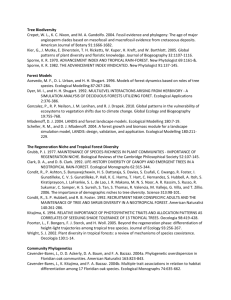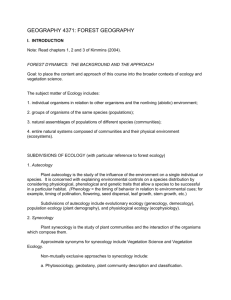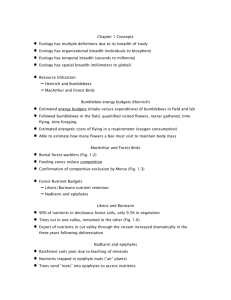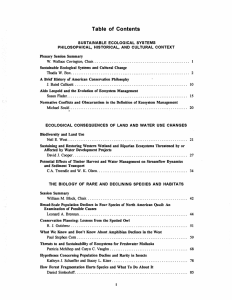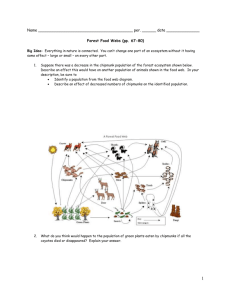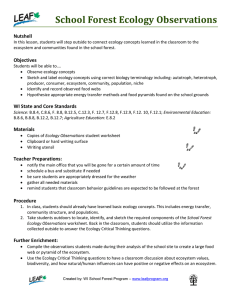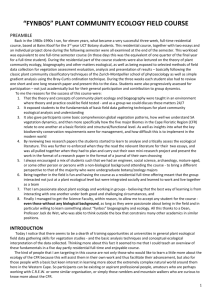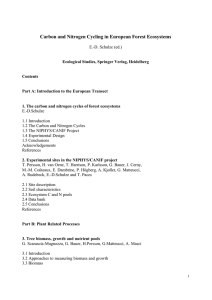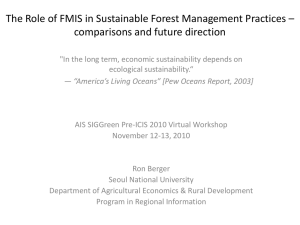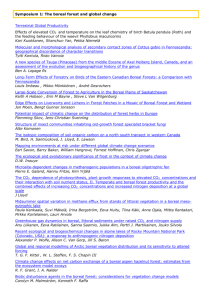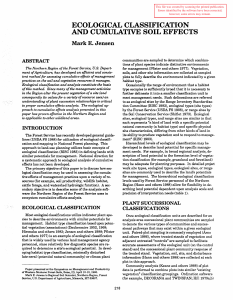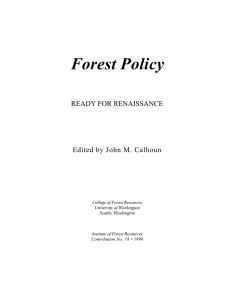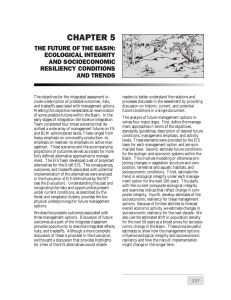Study Questions for Nature, Natural History & Ecological Science
advertisement
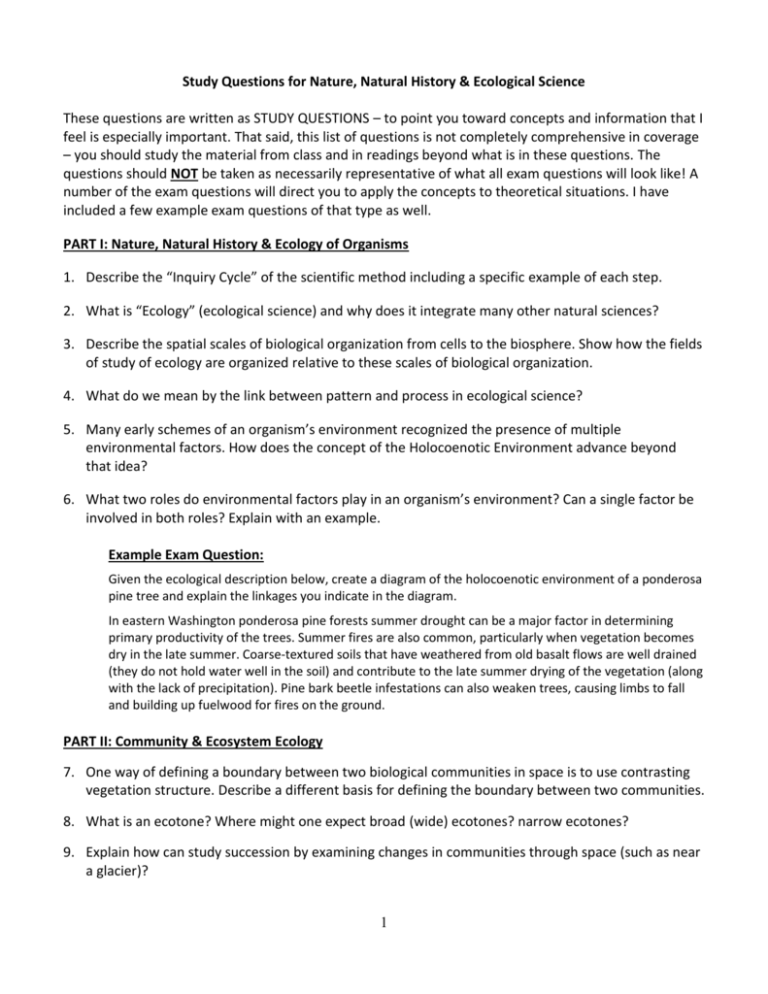
Study Questions for Nature, Natural History & Ecological Science These questions are written as STUDY QUESTIONS – to point you toward concepts and information that I feel is especially important. That said, this list of questions is not completely comprehensive in coverage – you should study the material from class and in readings beyond what is in these questions. The questions should NOT be taken as necessarily representative of what all exam questions will look like! A number of the exam questions will direct you to apply the concepts to theoretical situations. I have included a few example exam questions of that type as well. PART I: Nature, Natural History & Ecology of Organisms 1. Describe the “Inquiry Cycle” of the scientific method including a specific example of each step. 2. What is “Ecology” (ecological science) and why does it integrate many other natural sciences? 3. Describe the spatial scales of biological organization from cells to the biosphere. Show how the fields of study of ecology are organized relative to these scales of biological organization. 4. What do we mean by the link between pattern and process in ecological science? 5. Many early schemes of an organism’s environment recognized the presence of multiple environmental factors. How does the concept of the Holocoenotic Environment advance beyond that idea? 6. What two roles do environmental factors play in an organism’s environment? Can a single factor be involved in both roles? Explain with an example. Example Exam Question: Given the ecological description below, create a diagram of the holocoenotic environment of a ponderosa pine tree and explain the linkages you indicate in the diagram. In eastern Washington ponderosa pine forests summer drought can be a major factor in determining primary productivity of the trees. Summer fires are also common, particularly when vegetation becomes dry in the late summer. Coarse-textured soils that have weathered from old basalt flows are well drained (they do not hold water well in the soil) and contribute to the late summer drying of the vegetation (along with the lack of precipitation). Pine bark beetle infestations can also weaken trees, causing limbs to fall and building up fuelwood for fires on the ground. PART II: Community & Ecosystem Ecology 7. One way of defining a boundary between two biological communities in space is to use contrasting vegetation structure. Describe a different basis for defining the boundary between two communities. 8. What is an ecotone? Where might one expect broad (wide) ecotones? narrow ecotones? 9. Explain how can study succession by examining changes in communities through space (such as near a glacier)? 1 10. Describe some differences in succession following the retreat of a glacier as compared to following a fire in a low-elevation forest. Consider factors like soil, how organisms would get there, etc. 11. Explain the importance of vertical and horizontal vegetation structure in a forest ecosystem to the animal community. 12. What are the major components of the concept of species diversity? Is high species diversity always desirable? 13. Differentiate between dominant and characteristic species. Can one species be both dominant and characteristic? 14. Explain the concept of a “keystone species” and the mechanisms of their influence on a biological community. 15. Why use indicator species to tell us something about the abiotic environment of an ecosystem? Why not just measure whatever abiotic factor we want to know directly? 16. Which are better indicator species of the moisture environment: obligate wetland species or facultative wetland species? Why? 17. Review the fundamental differences in the nature of the different types of biological interactions we covered. Can you provide an example of each kind of interaction from your “backyard”? 18. Why are desert ecosystem food webs simpler than those of most forest ecosystems? Why are there so few predators in extreme arctic ecosystems? 19. What are detritivores? Describe the roles they play in energy flow and nutrient cycling in ecosystems. 20. Review the hydrologic and carbon cycles from your reading – there may be questions on these. 21. Identify the organic and inorganic forms of nitrogen in the nitrogen cycle. Why is it important to differentiate between these two types of nitrogen forms from a plant’s perspective? 22. Why are microorganisms important in nutrient cycling? Where are the important ones for this process generally located? Example Exam Question: You have a contract with the Washington Department of Natural Resources to evaluate the habitat value for animal species diversity of forest communities in the Blue Mountains near Walla Walla. Unfortunately you know very little about the animal species of that part of Washington. Describe how you would go about assessing the relative habitat value of these different forest communities. Example Exam Question: Mosses are abundant on the forest floor of western Washington old growth forests at low elevations. These mosses often harbor colonial blue-green bacteria that perform nitrogen fixation. Unfortunately, these mosses are also commonly harvested for placing among blossoms in commercial floral decorations. Would their removal have a major immediate impact on the nitrogen available for plant growth in our old growth forests? Why or why not? 2




